Pho Binh -The Noodle Shop That Changed the War
NOTE: – There is a new and updated version of this article over on our main website. https://catchourtravelbug.com
You can find the latest version by clicking –>> In Saigon: Pho Binh – The Noodle Shop That Changed the War.
Walk along Ly Chinh Thang Street just off Hai Ba Trung near the canal in District 1, and you will see the same mixture of small business and daily life as in much of the rest of Saigon. Clothes shops, food stalls, small restaurants and crazy Ho Chi Minh Traffic vie for the attention of passers-by. The street has none of the big ticket items for package tourists, and it’s unusual to see very many foreigners in the area at all. Search carefully along this street, however and you’ll find a humble noodle shop, of such historical significance, that it helped changed the course of the War.
At first glance, Pho Binh, or “Peace Noodles”, looks like many other noodle shops across Ho Chi Minh City. The huge cauldrons of broth bubble away at the front entrance of the restaurant, a few small tables and chairs line the walls, and there’s a cluttered kitchen out the back. That is until you spy the small plaque and giant stylized Vietnamese flag above the entrance and the photographs on the wall. That’s when you start to suspect there’s more to this noodle store than meets the eye.
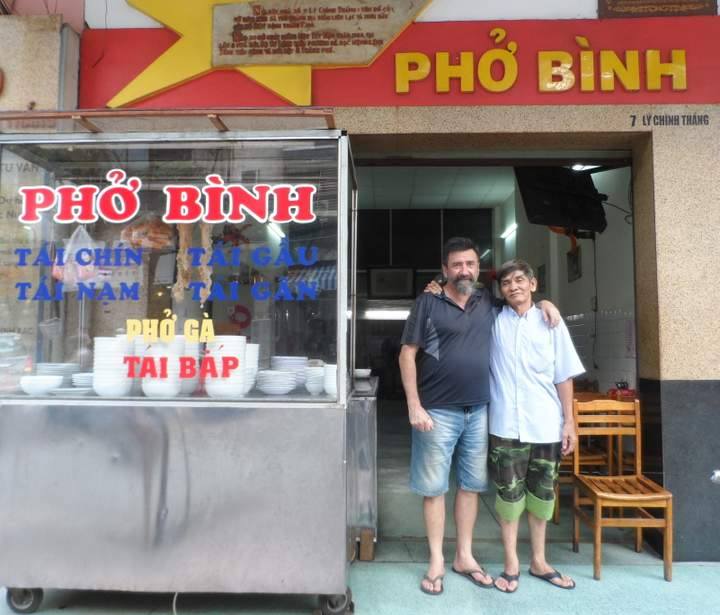
An inconspicuous part of history. What happenned in Pho Binh, helped change the course of the Vietnam War.
When I showed some interest in the pictures on the wall, one of the locals, who was a part of the family, presented me with a photo album and guest book of sorts. A quick glance at the book revealed visitors feedback on a fascinating story of intrigue and bravery. We were eating soup in the former secret headquarters of the elite Viet Cong unit that planned the Saigon chapter of the infamous TET Offensive.
The original owner of the restaurant, Ngo Van Toai, arrived in Saigon in the mid 50’s along with a recipe for Pho. He existed as a street vendor for several years before buying Pho Binh in the late 60’s with funds provided by the Viet Cong. Mr Toai was a supporter of the communist struggle against the South Vietnamese Government, and the shop became the center of Viet Cong strategy in Saigon. It was the base for communications between the commanders and part of a network used to smuggle weapons to numerous secret hideaways around the city.
In 1967, the USA was issuing optimistic statements about winning the “Vietnam” war, confident the communist forces were weakening. Up til then, the North had been using primarily guerrilla tactics in the countryside, and there was very little thought that the Southern Capital, Saigon, was in any real danger. Downstairs American soldiers feasted on bowls of steaming noodle soup ladled out by the family. While on the second floor, an elite Viet Cong cell hid while fomenting a plan that would change the course of the war.
Tet is a very special time of year in Vietnam. Coinciding with Chinese New Year, it is a time for families to get together and celebrate new beginnings. In past years, a ceasefire had been called to allow the traditional celebrations and give both sides some respite from the war. 1968 appeared to be no different from previous years. The North had announced a seven-day truce from three 27th January through to the 3rd of February. The South Vietnamese forces had approved leave for a good proportion of its forces. Despite the fact that the American had some suspicion that the communists were up to something they never suspected the scale nor ferocity of what was to come.
Despite all appearing normal, the communists were about to surprise with a major offensive, attacking over 100 cities, towns and strategic sites. The attacks intended to provoke a general uprising against the South Vietnamese Government. Because they departed from their usual guerrilla tactics and focused on the main population areas of which Saigon was a major part, many of the Southern Troops and Allied Forces were taken by complete surprise.
Three days before the offensive, Ngo Van Toai closed the shop, stocked up on food and held strategy sessions. Over 100 Viet Cong fighters passed through the shop, picking up secret orders and hiding in the attic, sustained by hearty bowls of steaming pho.
In the early hours of 31st January 1968, the first assaults began. In Saigon some of the most spectacular successes were achieved as strategic government buildings were attacked and captured, if only for a short time. Viet Cong troops even made it into the grounds of the US Embassy and held off the counterattack for a few hours. They also seized the main radio where they intended to broadcast a recording by Ho Chi Minh himself announcing the liberation of Saigon and calling for a general uprising. The call to arms never went out as the main audio lines were cut as soon as they breached the building. Whilst the many of the major targets were recaptured within the day, fighting continued across the city until March 7th.
Despite the Communists losing the actual battle, the Tet Offensive changed the course of the war and was the beginning of the end for the South. Graphic footage of the battle was aired live on TVs around the world. Households in America and their allied countries were exposed to a different reality than what they had been fed by the spin doctors. Up until then, they had thought they were winning the war. Numerous factors contributed to a significant shift in political and public opinion that the war could be won. The initial success of the attack shook the resolve The resolve of the Americans and their allies to the core. People witnessed the desperation and resolve of the fighters and the ferocity and brutality of the fighting. There was also large numbers of American and South Vietnamese casualties which helped fuel anti-war sentiment around the world. His advisors told president Johnson that a they needed to find different solutions. In late 1968, negotiations began to seek a peace settlement.
Shortly after the offensive, Southern forces captured Ngo Van Toai and his family. His wife and daughter secured their release, but Toai and his son-in-law Nguyen were tortured for days on end before being sentenced to life imprisonment in the infamous Con Son Island Prison. They were released in 1973 as part of a prisoner exchange program.
Ngo returned to Pho Binh and reopened it. Despite government bans on private enterprise during the 80’s and 90’s, the shop was allowed to operate. One look at the medals adorning the room on the second floor gives a fair idea of why. Ngo Van Toai died in his late 90’s, but his family still operates the restaurant to this day. The guest books show dozens of photos of Toai with foreign visitors who came to visit, including many Americans. The comments in the guestbook reveal the impact the war had, not just on the generation directly involved, but also the youth of today. Be warned, many of the comments are not particularly flattering of the Americans in their efforts back then or now.
After gleaning an idea of its importance from the guest books, how could we not take visit upstairs? Our new friend accompanied us and attempted to explain the significance of the various displays. Unfortunately, his English was not so great, and we missed quite a bit of what he had to say. Thankfully though, the pictures were labeled in English so we could read about each of the players and their role in the uprising. He also provided use with a one-page explanation of the family and their role in the offensive that differs quite a bit from most of the information I’ve been reading on the internet, but there you go. Now you know why some of my details are a bit general. It depends on who’s telling the tale as to what version of the story you get.
The room contained the furniture present at the time of the plot and a myriad of photos of the major players. There was also a shrine to the deceased elders in the family complete with portraits of Toai and his wife. A glass case displayed an impressive collection of medals. We were strongly “encouraged” to pose in front of all the important bits, including the shrine, that had us squirming a little. Anyway, it was enough to fuel my curiosity to make me want to learn more…and hence this story.
If you just take the Pho, which was pretty delicious I might add, it’s probably going to cost you around 30 000 VND each which is standard. If you want to visit upstairs. However, it will cost you around 35 000 VND extra. That’s quite a bit more than the 10-15 000VND charged for all the official museums around town but as a private concern I guess they can charge what they like. We didn’t ask for a breakdown of the bill, but I suppose we should have. Our total came to 145 000, but I think worth a visit. It’s one more fascinating insight into the events that shaped this incredible country, and you won’t have to experience it with hundreds of other tourists.
Pho Binh is located at 7 Ly Chin Thang Street, just off the top end of Hai Ba Trung. Combine a visit can with a number of off-beat destinations that I’ll be highlighting in my next self-guided walking tour.
[mapsmarker marker=”36″]Sources: The sources for the story above varied widely. Wikipaedia, a 2010 article from the LA Times,the History learning site, an Australia Government website on the Vietnam War and a handout from the cafe itself. The was a fair amount of discrepancy between all these stories so I’ve done the best with facts and figures. IF not completely accurate it’s in the ballpark and makes a good yarn.
Note: I do not receive any payment for this post (or any others on the site for that matter!). I do receive a small amount of money by allowing advertisements on the site and any purchases made through those links.
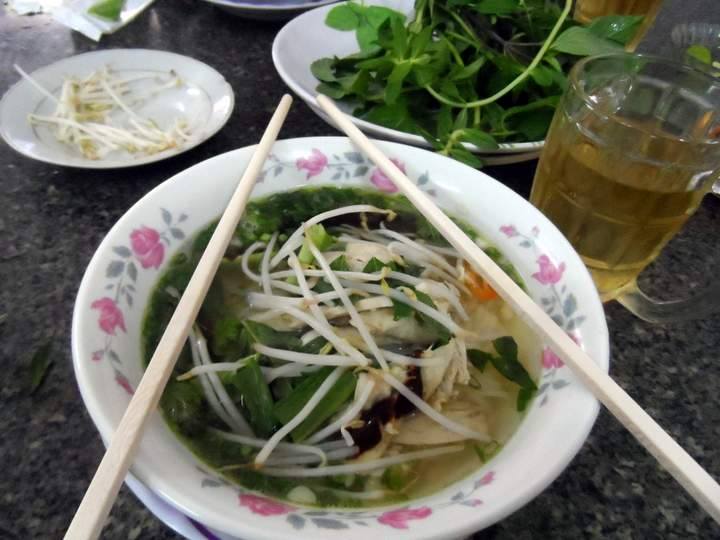

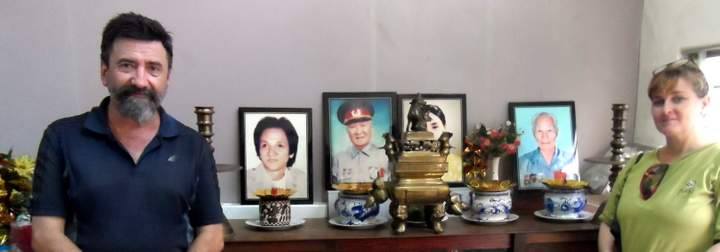


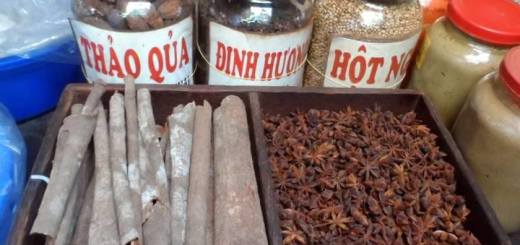

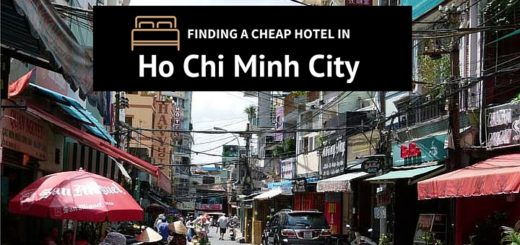
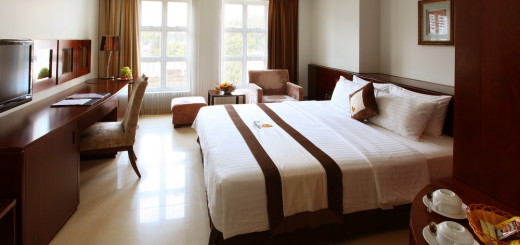


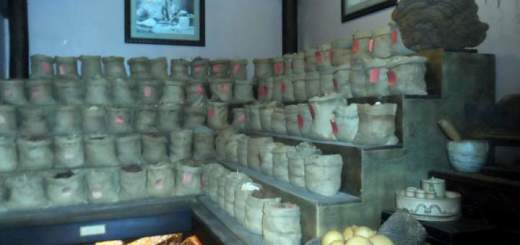
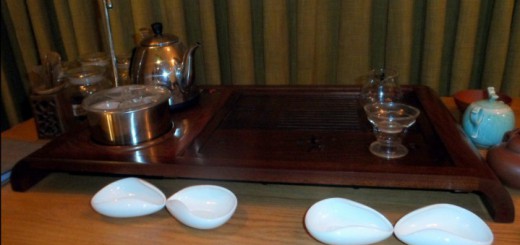
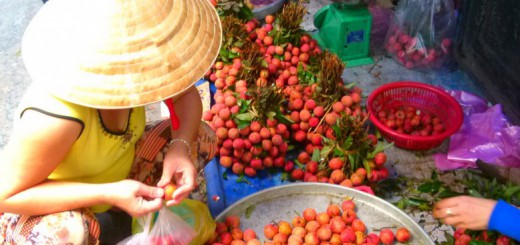
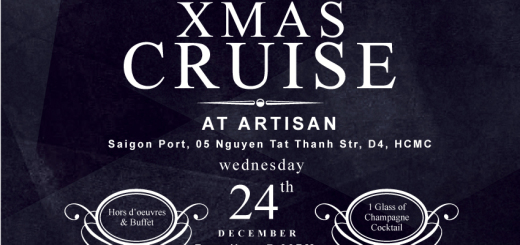
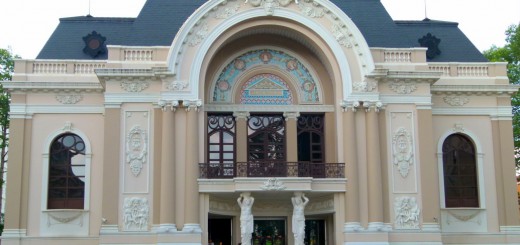





1 Response
[…] Pho Binh: for the history https://hochiminhcityhighlights.com/pho-binh-noodle-shop-changed-war […]